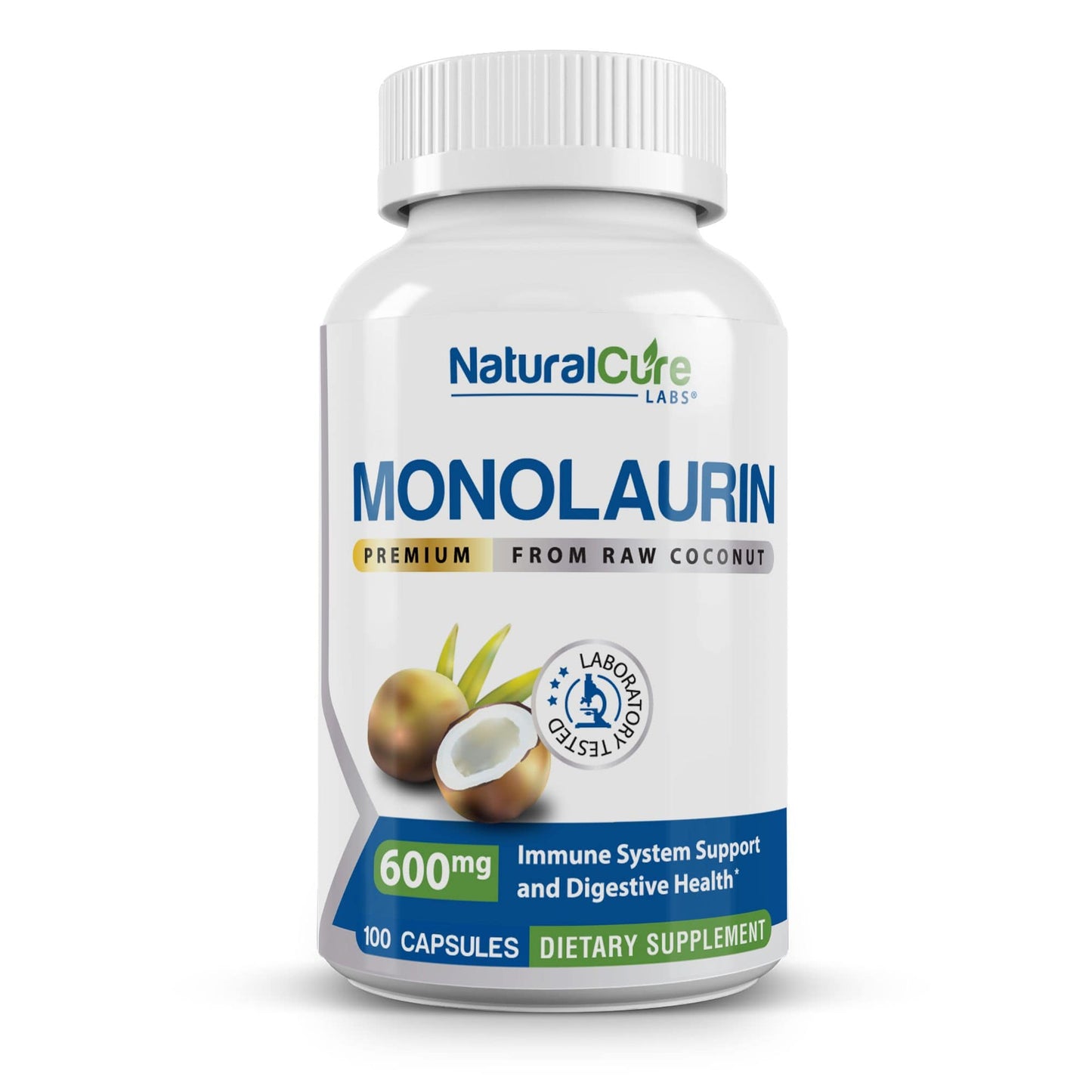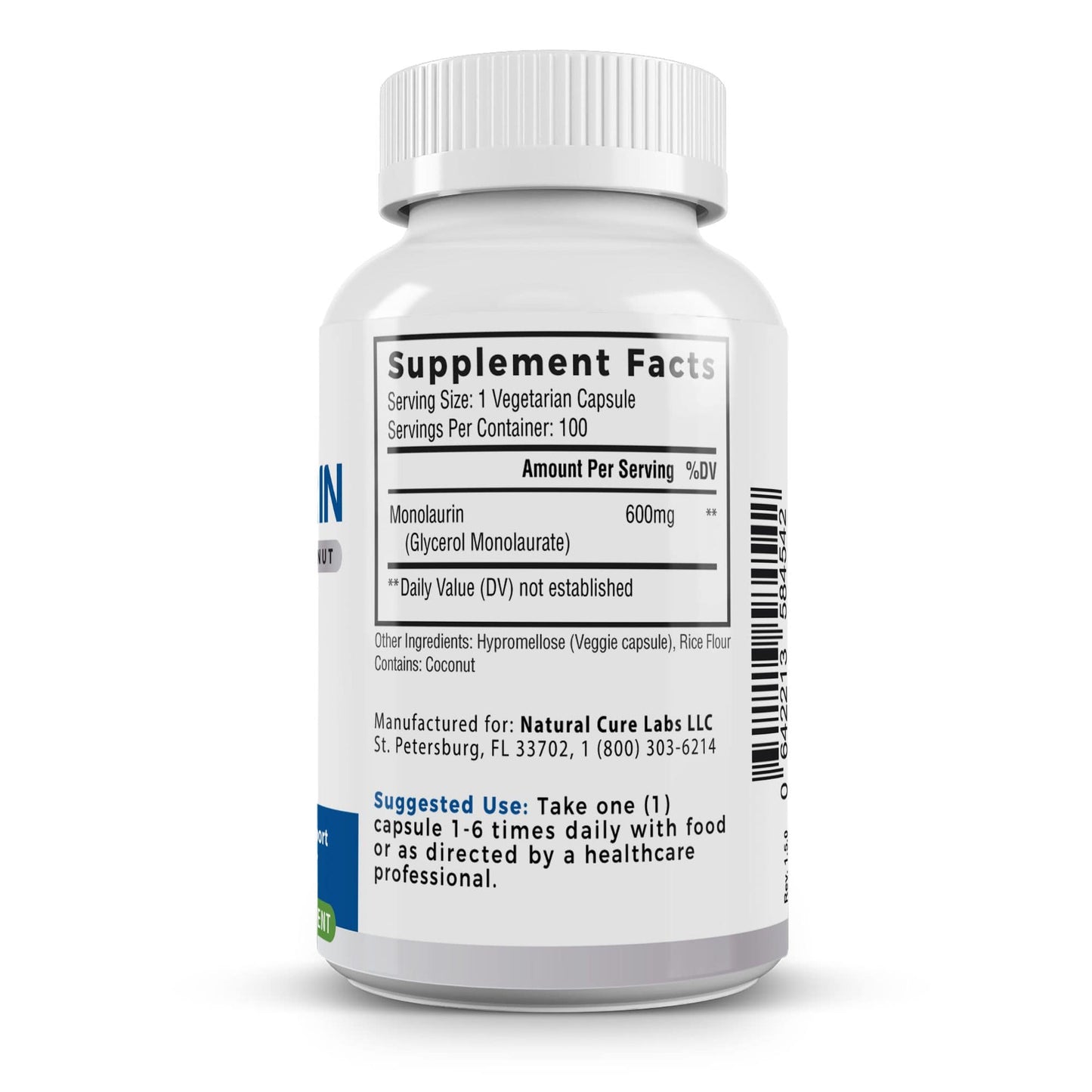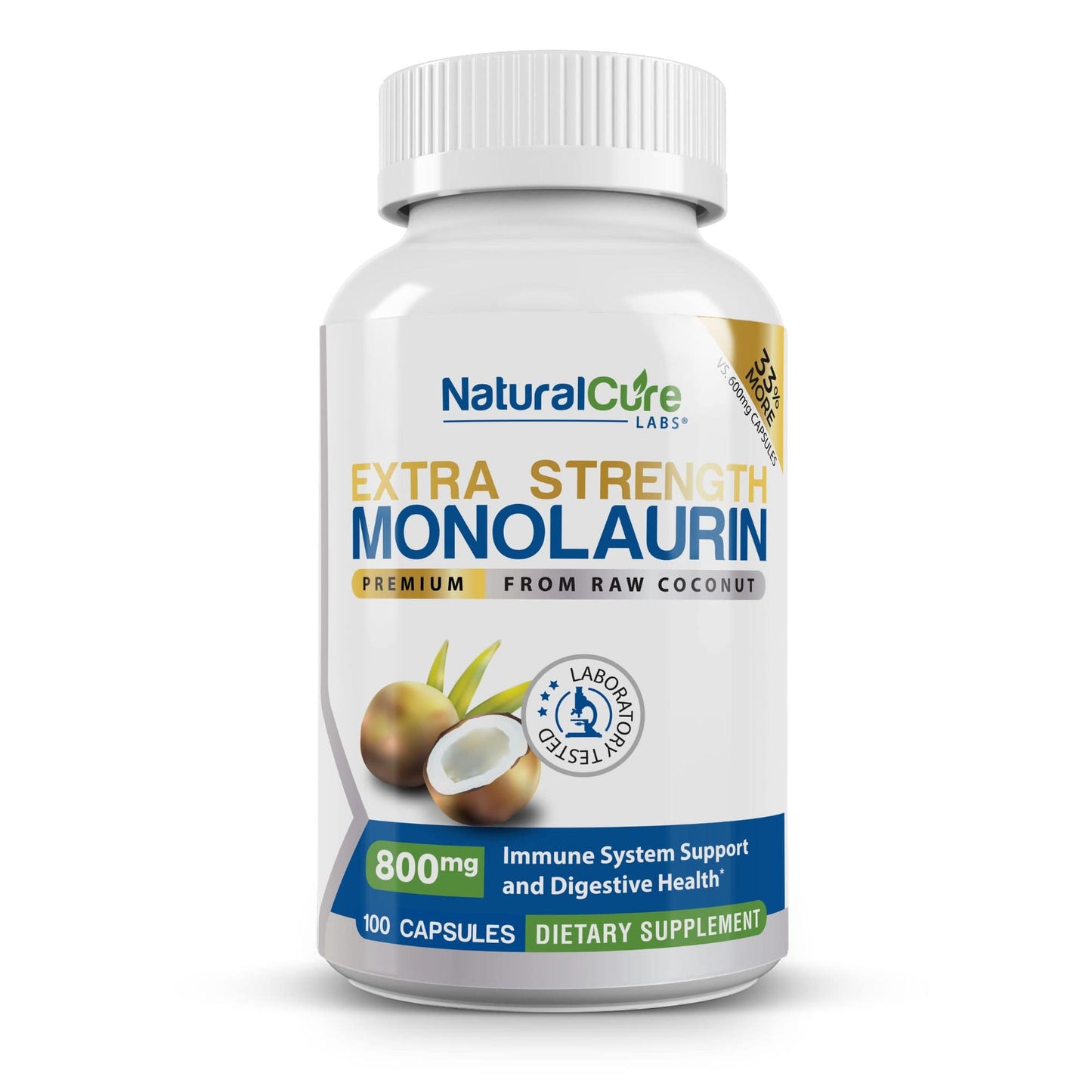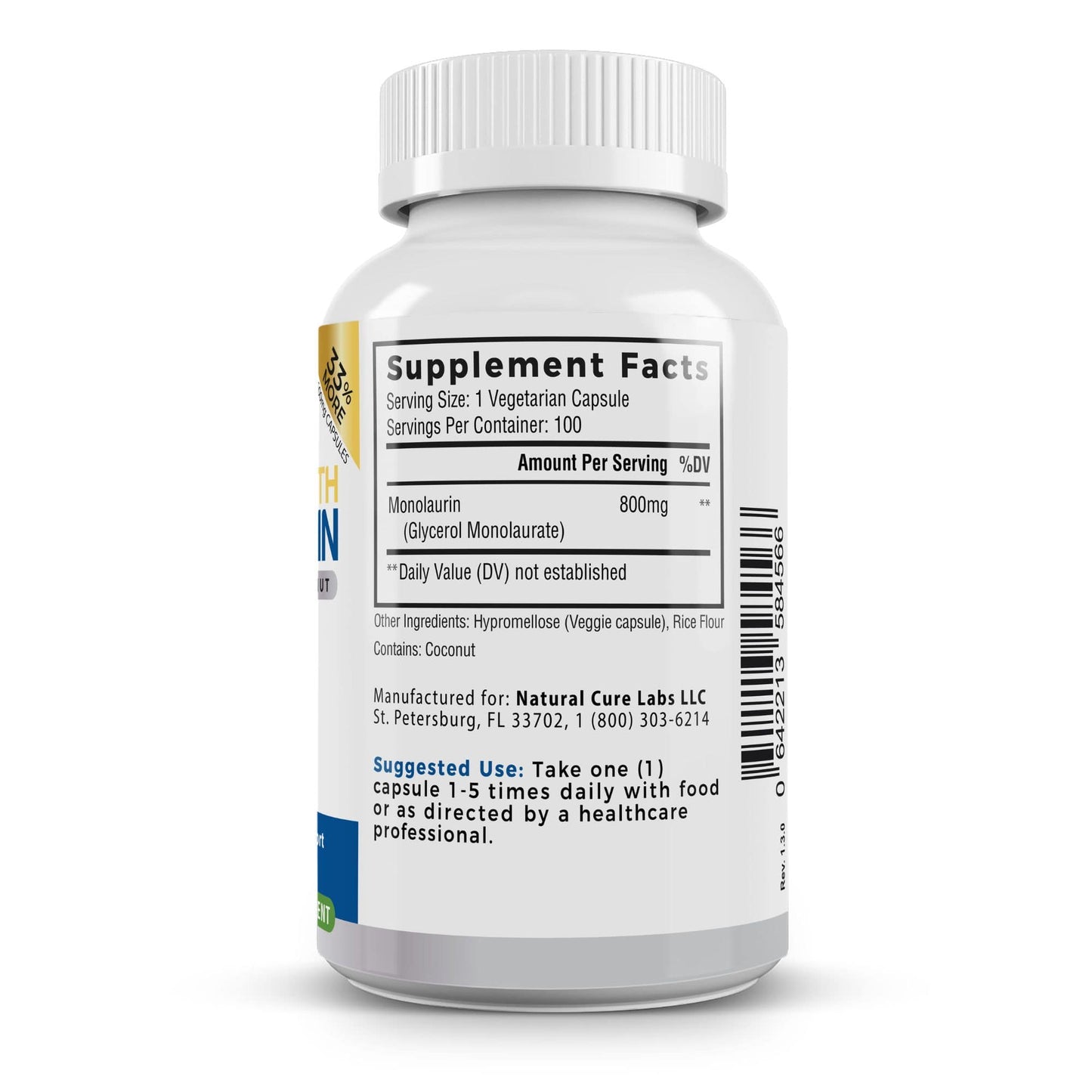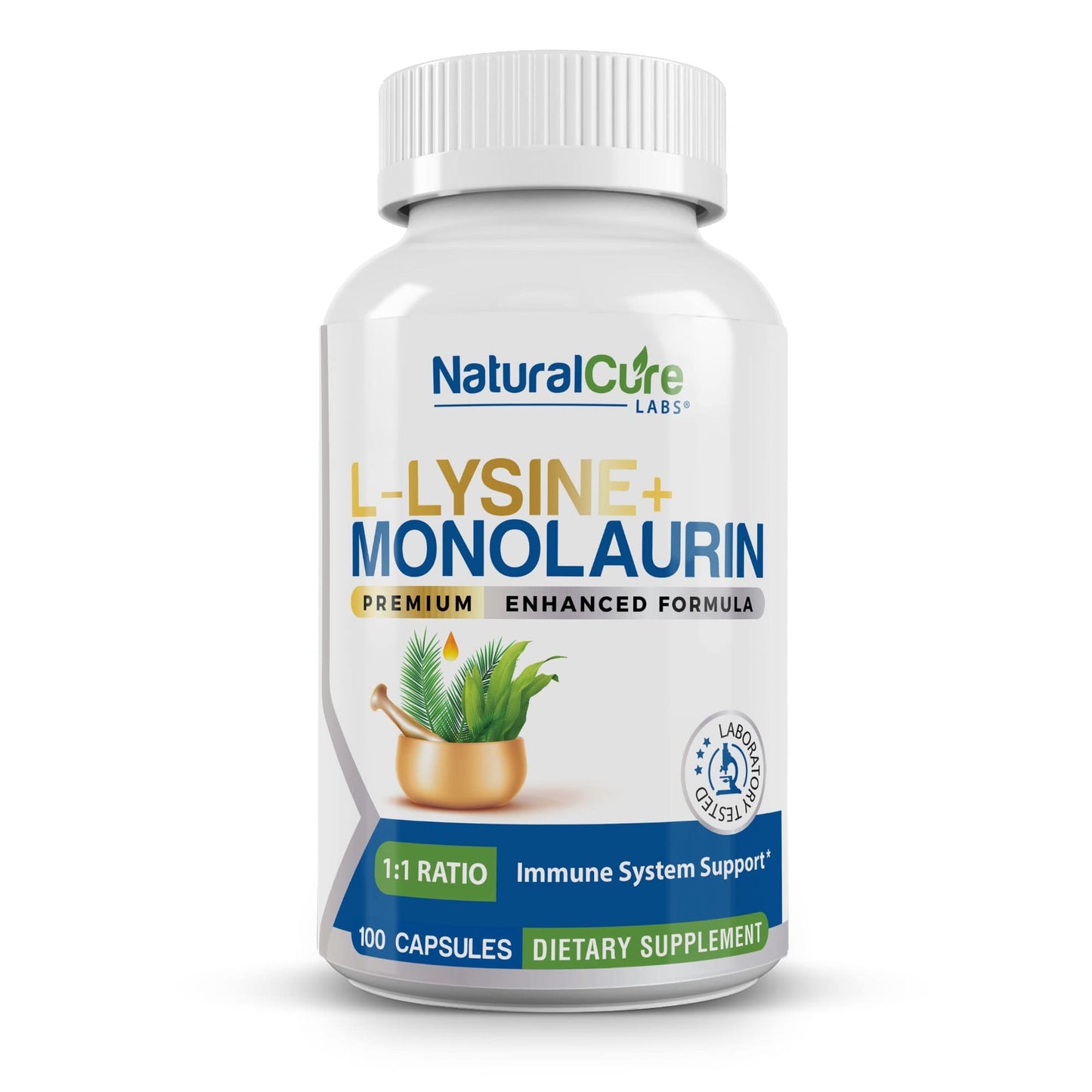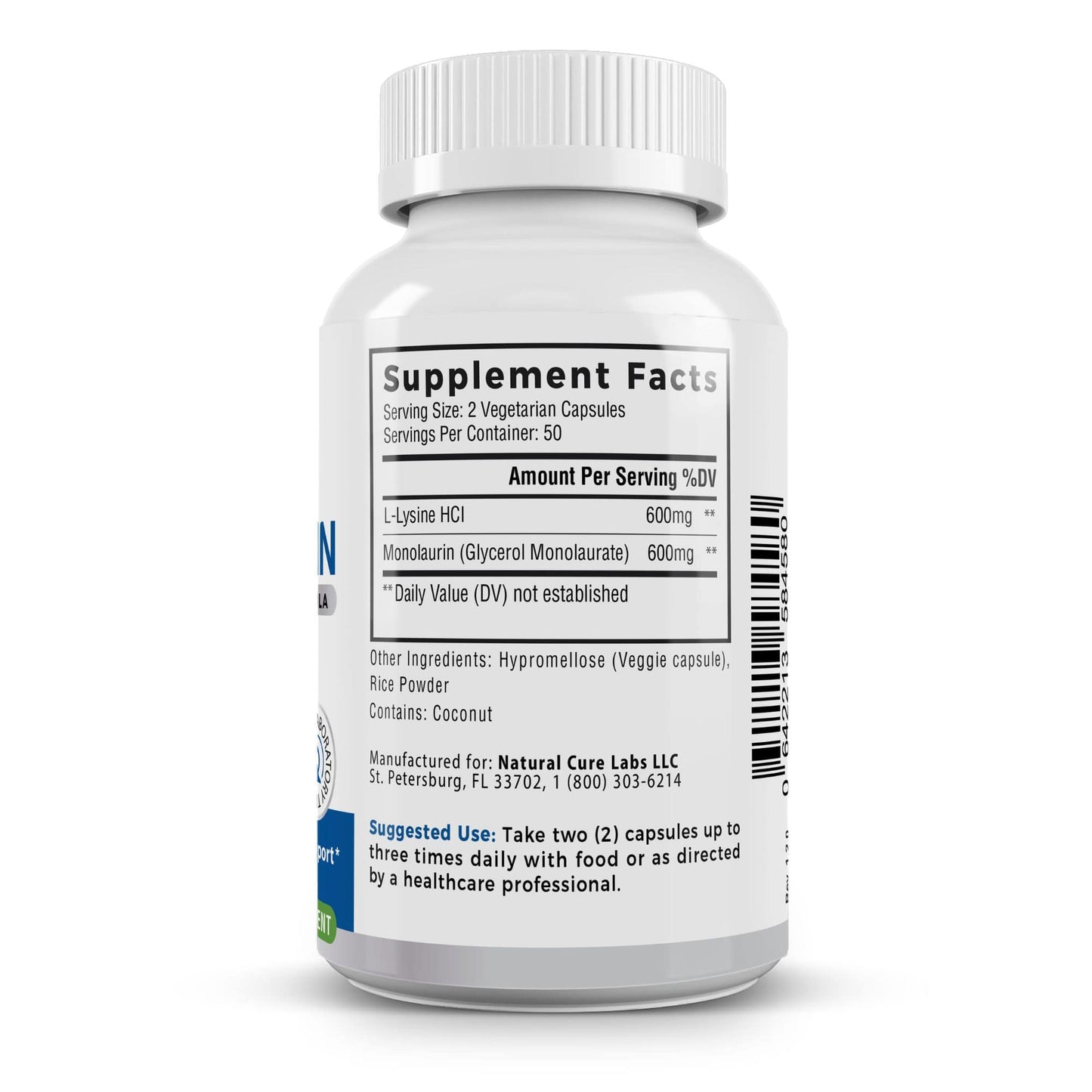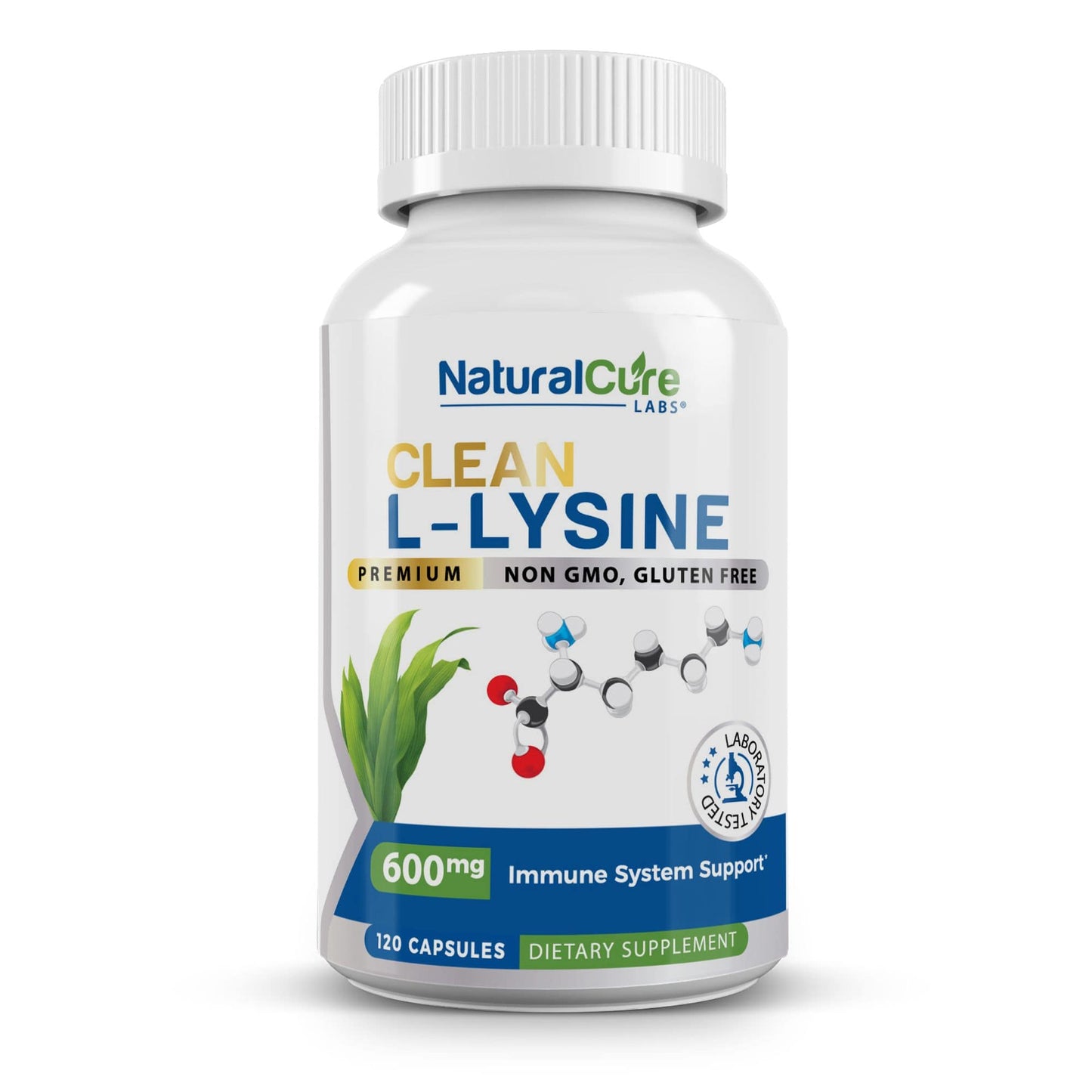
📝 Medically reviewed by Dr. Patricia Shelton
🔍 Last updated July 1, 2024
📚 19 citations
📖 8 minute read
About the Author:

Dr. Patricia Shelton, MD, has been a medical communicator and educator since 2014. She holds a Doctor of Medicine degree and a Bachelor's degree in Neuroscience, both from the University of Washington in Seattle.
--
The average individual's immune system contains approximately 1.8 trillion cells. ¹ This complex community creates proteins, antibodies, and other components that work in harmony.
Your innate immune response is your body's first line of defense against invading microorganisms. This fast-acting system prevents harmful organisms from entering your body in order to keep you healthy.
Jump To:
- What Is Innate Immunity?
- What Are the Components of the Innate Immune System?
- Cells of the Innate Immune System
- Final Thoughts
- References
Keep reading to learn more about your innate immune system.
See Related: 5 Ways To Naturally Lower Blood Sugar With Botanicals
What Is Innate Immunity?
Every day of your life, you come into contact with potentially harmful microorganisms. To stay healthy, the human body utilizes a multilayered immune system to identify and eliminate threats.
The immune system can be divided into innate and adaptive components.
The adaptive immune system, also known as the acquired immune system, is developed over time. Every time your adaptive immune response comes into contact with a foreign substance, your body produces antibodies, which are proteins that defend against that specific substance. Although this system is highly effective, it also takes a while to respond to a new threat.
Unlike the adaptive immune system, you were born with your innate immune system already intact. This barrier is your body's first line of defense against potential threats and foreign invaders. When exposed to a threat, the innate immune system acts fast. It responds in the same way to all invaders, which is why it is also often referred to as the "non-specific" immune system.
The innate immune response occurs on all outer and inner surfaces of the human body. The skin and mucous membranes create a physical barrier against foreign substances. Enzymes, cells, and proteins within the body help prevent the growth of bacteria and viruses. ² ³ ⁴ ⁵

What Are the Components of the Innate Immune System?
Your innate immune response relies on multiple layers of defensive mechanisms to function properly. Innate immunity consists of physical barriers, defense mechanisms, general immune responses, and various cells.
Physical barriers provide the first line of defense from potentially harmful invaders. Physical barriers are made from a tightly woven formation of cells that prevent microorganisms from gaining access to deeper tissue.
Your skin is a crucial component of innate immunity, as it keeps microorganisms from entering your body. Your skin is composed of three distinct layers: the epidermis, dermis, and hypodermis. Each layer serves a specific purpose in your innate immune responses. ⁶ ⁷
In addition to your skin, the mucous membranes lining the nose, mouth, lungs, and gastrointestinal tract also shield your body from potential invaders. Mucous membranes consist of epithelial cells that secrete mucus, a sticky substance that helps protect the delicate cells beneath it. ⁸ ⁹
The skin or mucosa also secretes components like sweat, saliva, or tears to create a barrier against invaders. These fluids help to prevent microorganisms from settling. ² ¹⁰
Though physical barriers create the primary defense against potential invaders, your innate immune system also utilizes other elements to function properly. The inflammatory response is another component of innate immunity.
When injured or infected, cells release inflammatory mediators like cytokines, bradykinin, and histamine. This causes the blood vessels in the area to dilate, which increases blood flow to the affected area. ¹¹ ¹²
Increased blood flow helps to bring in more cells from the blood, including the white blood cells of the innate immune system. These cells function in various ways to defend against potential invaders.
Bonus: What Are Antibodies And What Do They Do?

Cells of the Innate Immune System
Innate immunity involves a variety of white blood cells, or leukocytes, which act to defend and protect the body.
- Phagocytes/Phagocytic Cells: Known as "eating cells," phagocytes circulate throughout the body, looking for potential threats. Phagocytes engulf and eliminate harmful microorganisms in the body in a process known as phagocytosis. ¹³
- Macrophages: Macrophages are a highly efficient type of phagocytes. They migrate into various tissues throughout the body, where they engulf and destroy invaders like bacteria along with debris and dead cells. Macrophages also secrete cytokines, which are small proteins that help regulate and control the activity of other immune cells. ¹⁴ ¹⁵
- Mast Cells: Found in mucous membranes and connective tissues, mast cells secrete chemicals such as histamine, cytokines, and growth factors. The cytokines signal to other immune cells, like neutrophils and macrophages, to come to the affected area. ¹⁶
- Neutrophils: Neutrophils are the most common type of white blood cell, and the bone marrow produces an average of 100 billion of them per day. Because there are so many in circulation, neutrophils are usually the first immune cells to arrive at an affected area. Neutrophils are a type of phagocyte, so they act to engulf and destroy invaders. In addition, they contain granules of toxic substances, which can be released to help kill foreign cells. The granules also contain inflammatory mediators, helping to attract other white blood cells to the area to help combat the invaders. ¹⁷
- Natural Killer Cells: Natural Killer cells, or NK cells, do not directly attack invading pathogens. Instead, NK cells target host cells that are infected with viruses or that have become cancerous. This helps to stop the spread of an infection. Natural Killer cells interact with dendritic cells, macrophages, T-cells, and endothelial cells to regulate immune responses. ¹⁸
- Dendritic Cells: These are antigen-presenting cells, meaning that they sense foreign proteins and display them to other white blood cells to stimulate a response. Dendritic cells are found in tissues like the skin and mucosal linings, which are the most common points of initial infection. Dendritic cells also create a bridge between the innate and adaptive immune systems because they trigger the production of antibodies against the proteins that they discover. ¹⁹
Final Thoughts
Both your adaptive immune response and your innate immune systems help protect your body from threats and invading microorganisms. Supplements like our Premium Immune Support and Premium Monolaurin contain plant-based botanicals that support healthy immune function. With research-backed ingredients and a “clean label” formula, these supplements contain a mix of vitamins, minerals, herbs, and antioxidants that were specifically chosen for their immune-regulating properties. ‡

Keep Reading: What Are Botanicals And How Can They Support Health?
--
References
- Sender, R., Weiss, Y., Navon, Y., & Milo, R. (2023). The total mass, number, and distribution of immune cells in the human body. Proceedings of the National Academy of Sciences. Vol. 120, No. 44, October 31, 2023. https://doi.org/10.1073/pnas.230851112
- InformedHealth.org [Internet]. Cologne, Germany: Institute for Quality and Efficiency in Health Care (IQWiG); 2006-. In brief: The innate and adaptive immune systems. [Updated 2023 Aug 14]. Available from: https://www.ncbi.nlm.nih.gov/books/NBK279396/
- Takeuchi, O., & Akira, S. (2009). Innate immunity to virus infection. Immunological reviews, 227(1), 75–86. https://doi.org/10.1111/j.1600-065X.2008.00737.x
- Sochocka, M., & Błach-Olszewska, Z. (2005). Mechanizmy wrodzonej odporności [Mechanisms of innate immunity]. Postepy higieny i medycyny doswiadczalnej (Online), 59, 250–258.
- Alberts B, Johnson A, Lewis J, et al. Molecular Biology of the Cell. 4th edition. New York: Garland Science; 2002. Innate Immunity. Available from: https://www.ncbi.nlm.nih.gov/books/NBK26846
- Aristizábal B, González Á. Innate immune system. In: Anaya JM, Shoenfeld Y, Rojas-Villarraga A, et al., editors. Autoimmunity: From Bench to Bedside [Internet]. Bogota (Colombia): El Rosario University Press; 2013 Jul 18. Chapter 2. Available from: https://www.ncbi.nlm.nih.gov/books/NBK459455/
- Salmon, J. K., Armstrong, C. A., & Ansel, J. C. (1994). The skin as an immune organ. The Western journal of medicine, 160(2), 146–152.
- Dwivedy, A., & Aich, P. (2011). Importance of innate mucosal immunity and the promises it holds. International journal of general medicine, 4, 299–311. https://doi.org/10.2147/IJGM.S17525
- Janeway CA Jr, Travers P, Walport M, et al. Immunobiology: The Immune System in Health and Disease. 5th edition. New York: Garland Science; 2001. The mucosal immune system. Available from: https://www.ncbi.nlm.nih.gov/books/NBK27169/
- Kalló, G., Kumar, A., Tőzsér, J., & Csősz, É. (2022). Chemical Barrier Proteins in Human Body Fluids. Biomedicines, 10(7), 1472. https://doi.org/10.3390/biomedicines10071472
- InformedHealth.org [Internet]. Cologne, Germany: Institute for Quality and Efficiency in Health Care (IQWiG); 2006-. In brief: What is an inflammation? [Updated 2021 May 18]. Available from: https://www.ncbi.nlm.nih.gov/books/NBK279298/
- Chen, L., Deng, H., Cui, H., Fang, J., Zuo, Z., Deng, J., Li, Y., Wang, X., & Zhao, L. (2017). Inflammatory responses and inflammation-associated diseases in organs. Oncotarget, 9(6), 7204–7218. https://doi.org/10.18632/oncotarget.23208
- Uribe-Querol, E., & Rosales, C. (2020). Phagocytosis: Our Current Understanding of a Universal Biological Process. Frontiers in immunology, 11, 1066. https://doi.org/10.3389/fimmu.2020.01066
- Zhang, J. M., & An, J. (2007). Cytokines, inflammation, and pain. International anesthesiology clinics, 45(2), 27–37. https://doi.org/10.1097/AIA.0b013e318034194e
- Hirayama, D., Iida, T., & Nakase, H. (2017). The Phagocytic Function of Macrophage-Enforcing Innate Immunity and Tissue Homeostasis. International journal of molecular sciences, 19(1), 92. https://doi.org/10.3390/ijms19010092
- Theoharides, T. C., Alysandratos, K. D., Angelidou, A., Delivanis, D. A., Sismanopoulos, N., Zhang, B., Asadi, S., Vasiadi, M., Weng, Z., Miniati, A., & Kalogeromitros, D. (2012). Mast cells and inflammation. Biochimica et biophysica acta, 1822(1), 21–33. https://doi.org/10.1016/j.bbadis.2010.12.014
- Leiding J. W. (2017). Neutrophil Evolution and Their Diseases in Humans. Frontiers in immunology, 8, 1009. https://doi.org/10.3389/fimmu.2017.01009
- Vivier, E., Tomasello, E., Baratin, M., Walzer, T., & Ugolini, S. (2008). Functions of natural killer cells. Nature immunology, 9(5), 503–510. https://doi.org/10.1038/ni1582
- Palucka, K., & Banchereau, J. (1999). Dendritic cells: a link between innate and adaptive immunity. Journal of clinical immunology, 19(1), 12–25. https://doi.org/10.1023/a:1020558317162
‡ These statements have not been evaluated by the Food and Drug Administration. This product is not intended to diagnose, treat, cure, or prevent any disease.
--
Natural Cure Labs provides dietary supplements made from naturally derived ingredients. Our research-backed products contain premium botanicals and antioxidants that encourage healthy living and holistic wellness. Each high-quality product comes with a Clean Label that certifies our commitment to quality, transparency, and research. To stay connected and learn more, follow us on Facebook, Instagram, and TikTok.

